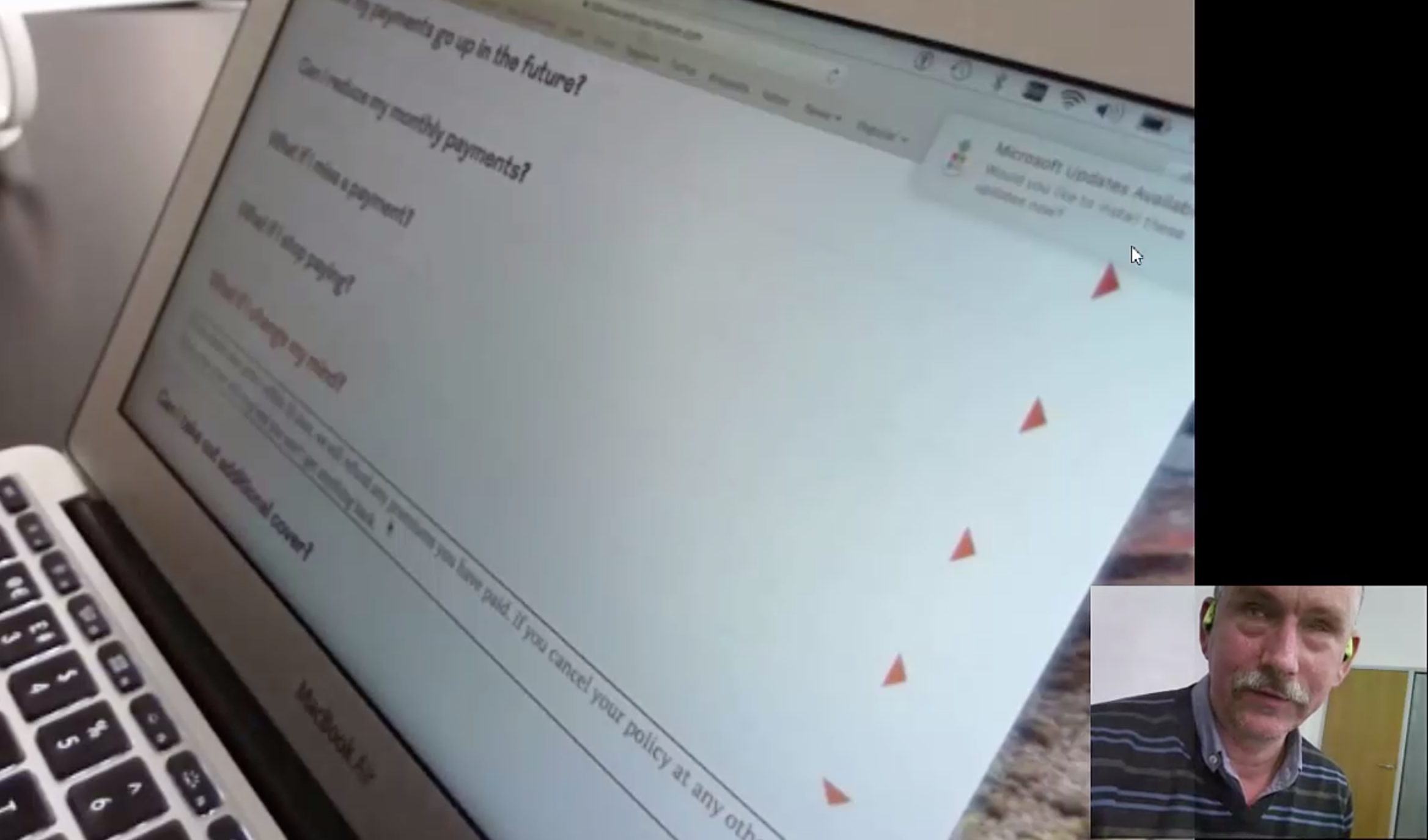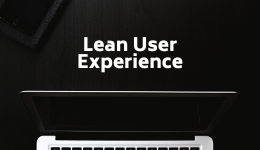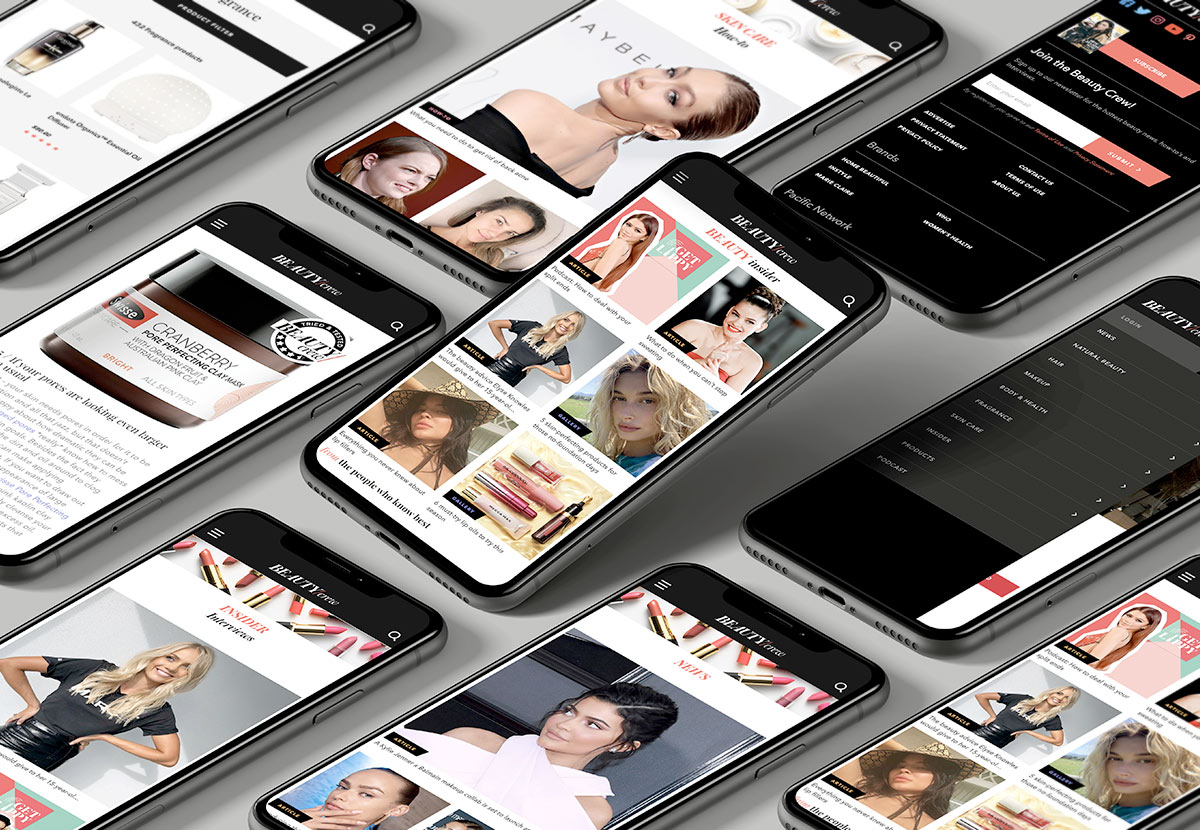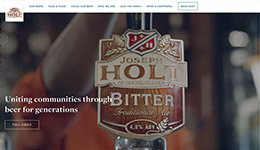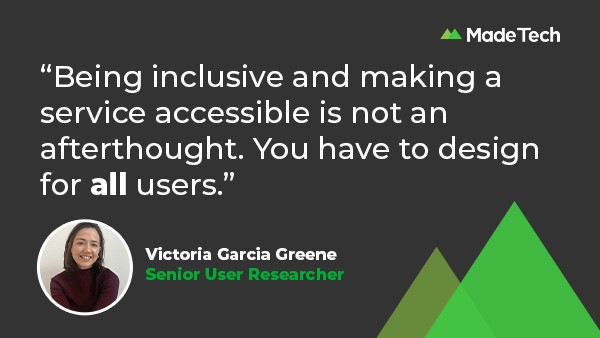
The value of user research is undeniable. It helps you understand your users, see what the problems are, and how you can fix them. Skipping it means you’re basing your decisions on guesswork – a very risky game.
If you work in user-centred design (UCD), you probably know all this already. But if you’re new to UCD or unsure about how it can add value to the work you do, hopefully this post will come in handy! Let’s dive in.
Putting users at the heart of every project
The goal for any user-centred project should be to fulfil user needs so you can create the best possible experience for them. If you don’t address your user needs and pain points then the work you do won’t be fit for purpose. You could end up building a substandard service – a waste of time and money.
You should always put users first. They need to be involved to make this happen. No matter what product or service you design, if you’ve done user research at every point in that product’s lifecycle and, moreover, you’ve used it to inform design and decisions, then you should be set to deliver a great service. Along the way, you’ll be able to find out if you’re solving the right problem and building the right thing, and what to do instead if you’re not.
How to elevate your research process
User research isn’t valuable without the people behind it making it happen. I want to share 6 things your team should do to get the best results possible.
- Get your communication skills on point
You’ll talk to a wide range of people, which means you’ll need strong communication and interpersonal skills. You’ll talk with people from all different walks of life. You could go into one project and talk to elderly people, and go into the next and talk to children. It’s super important to know how to switch that dynamic and still be able to make the user feel comfortable, safe and welcome.
- Ask the right questions and use the right methodology
Asking the right questions depends on what the project is and at what point you’re at. If you’re in a discovery phase you might want to use a discussion guide – questions and topics you’ll discuss with users during an interview – to start understanding the landscape and background of your users. Those questions will need to be as open-ended as possible, so that you learn the full picture. In this discovery scenario, a survey, for example, probably wouldn’t be appropriate. But, you might use it later to complement your qualitative research with more hard data.
There isn’t one ‘right’ methodology to use. It varies. It depends on the project, who you’re speaking to and how much time you have. Find your own way of categorising different research methodologies and then think about the pros and cons of each alongside your project.
When it comes to any kind of methodology or approach, ask for input and critique from other user researchers, designers and delivery managers. It helps to make sure you’re doing your research in the best possible way for you, and your users.
- Up your organisation game
It often falls to you to be the person who’s recruiting your users, scheduling your sessions, planning your research sprints, looping in with your designers and feeding back to other teams. There’s a lot going on – you’re not just researching with users. So if you’re not careful with your time you’ll struggle. You don’t want to risk cutting into your time with users, or feeling so stressed and overworked that you can’t give them your all.
Schedule your sessions as in advance as you can, leave breaks in between and give yourself time to decompress and go over what you’ve learnt so far. Interview fatigue is a real thing, so be careful you don’t burn yourself out.
At the same time, be flexible. When you speak to a user you’re on their time, so be mindful of that and do the best you can to work to their schedules too.
- Have patience
Patience is a must. There might be users who don’t have much time to talk to you. Or you’ll get the opposite, where a user will spend ages talking about something that isn’t relevant. It’s all about finding the balance between being patient and listening to them, but also knowing when to bring them back on topic.
It’s not always a bad thing when the user goes off-topic. Listen to what they’re saying. Sometimes you’ll get a super valuable insight you wouldn’t have otherwise got, or thought to ask about.
- Pay attention to accessibility and inclusion needs
We talk a lot about accessibility and inclusion. And to understand them you need to really understand your users. You need to understand who they are, how they do things, what needs they have; do they have any audio, visual, physical or neurodivergent needs, for example? Do they have any disabilities, learning or otherwise? Where are they when they use a service or product, and how does that affect how they use it?
I once did user research where the majority of users were single parents logging into a particular service using a mobile phone. However, nearly every time they were logging in they’d be doing something like pushing a buggy, or getting a baby off to sleep, or pushing a swing. They were almost always using the service with one-hand. So, we decided to design an interface that could be used easily with one hand, rather than two.
Being inclusive and making a service accessible is not an afterthought. You have to design for all users.
- Advocate for the user
When you’ve been asked to deliver a project for another team, in my experience, sometimes they don’t understand what it is that you’re there to do. And that’s really challenging because obviously, they’re the people who are in charge of the project, and who you report to. But my advice for anybody in that scenario is to just remember that your number one role in that space is to advocate for your users. Encourage your team to lead with user needs and pain points, and that way you can make sure they aren’t overlooked.
Making a difference
My main point in all of this is that whatever you’re building, it needs to be user focused. Don’t let business needs distract you, especially if they’re not what your users are saying. It can be hard to navigate those tricky conversations and it is often challenging, but if you practise this advice and advocate for your users from the get-go, you can help make a real difference to people’s everyday lives.
If you’d like to read more about how user research can help your organisation, subscribe to our Made Tech Insights newsletter to get new blog posts straight to your inbox.

